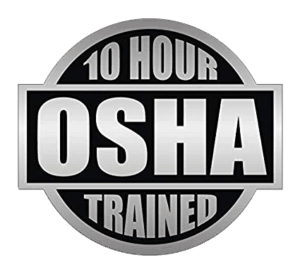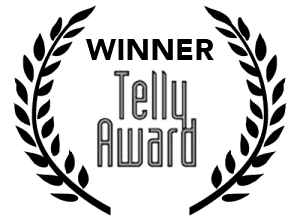Think about the last time you saw Harry Potter, or The Lord of the Rings.
Remember how it felt to watch those movies? The emotional investment the characters demanded of you. The way the story sucked you in and compelled you to keep watching? That’s because those movies tell powerful stories that follow a narrative we all know.
But, what’s a narrative? It’s the story, but it’s also the storytelling process, the way you tell the story, and the elements used to do so.
We meet a character, the hero, and watch as they are faced with a challenge, embark on a journey, meet their destiny, and live happily ever after – or at least finish their challenge.
These are familiar, foundational elements to good storytelling.
Hero. Journey. Climax. Resolution.
But, they are valuable for more than Hollywood blockbusters. They also provide value in commercials, corporate marketing videos, and even explainers. It’s all about creating an experience for the viewer that they connect with and understand.
We recently completed a promotional video series for Build Your Future, an NCCER initiative that aims to recruit the next generation of craft professionals. With a hero-centric narrative, these videos empower students to explore education opportunities and find the many viable paths to achieve self-confidence, pride in work, and meaningful accomplishments.
We’re breaking down this series into each of the 4 elements.

1. Hero
The first element you need to begin your video narrative is a hero. In movies, it’s easy to identify the hero. It’s Harry Potter. It’s Frodo Baggins. It’s pretty much every single character that Brad Pitt plays.
But, in corporate marketing video, your hero is the customer, the audience. Why? Because that’s how you make your narrative immediately personal to the viewer.
If they can put themselves in the shoes of the hero or connect with the hero, your video has all the ingredients of an impactful start.
So, with the BYF series, each video needed a hero that resonated as relatable. In the basketball video, it was a young, African-American man who is playing basketball with his friends at an old court.


2. Journey
In every classic movie, the characters embark on an adventure, a journey. It could be a literal quest around the world in search of long-lost treasure or it could be an emotional quest, as they come of age for a high school graduation.
The journey involves conflict solving, identifying a problem, and finding a solution. So, in a corporate marketing video or an explainer, your hero should face a problem that your product or service can then solve. It’s the quickest way to communicate value of your offer and create resonance.
The journey is about building the environment for the solution to be properly offered.
In the BYF series, we see our hero journeys from an outdoor, run down basketball court to a beautiful, newly renovated court inside of a community center. But, his real journey occurs as he realizes the men who built the community center and feels inspired to pursue a similar career path that creates change in communities.


3. Climax
When the hero finds the solution, realizes the answer, makes the connection, that’s the “hero moment.” It’s the climax. The pinnacle of action where your viewer thinks “aha!”
The key to an impactful video is to connect the audience with the hero quickly and effectively enough that they feel the hero moment is something they identify with and hope for and want.
In each video for our BYF project, there is a climax, or a “hero moment.” Director Dave Conor used these moments to convey multiple effects.
“It’s a transition moment when the kid goes from an inspired child to an adult in the industry,” Dave explained. “Like with the basketball, it rolls on the ground as the worker is leaving, and the high school kid realizes that he left the tool bag and runs toward him to give it back to him. And, after their exchange, we see the basketball becoming a hardhat. So, it effectively shows the passage of time in what is basically a 2 shot montage.”

4. Resolution → Call to Action
Finally, you need a resolution. When the action dies down, the problem is solved, and the hero wonders, what now?
You can frame that in a couple of ways. With your solution, your hero can now continue on, living a better, happier life. Or your hero sees the solution, knows that you offer it, and…. You give them their call to action.
Sign up with our program to change your life. Visit our website to learn more about your future. Share our mission with your friends.
It all depends on what you want your audience to do and how you’re measuring conversions.
With the Build Your Future series, a call to action was prompted by a unique slogan at the end of each video. When shared, a direct call to action to visit the BYF website was included.









